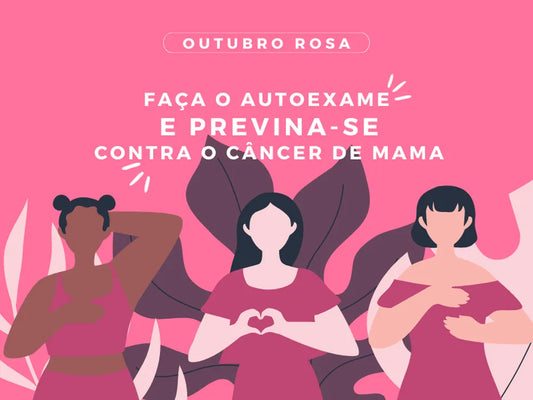The menstrual cycle is the time interval between the first day of menstruation and the last day before the next menstruation. Menstrual cycles usually vary between 24 and 35 days, menstrual bleeding usually lasts between 4 and 8 days and usually the blood loss during a cycle varies between 6 and 75 ml. The duration can vary because our cycle is sensitive to our day-to-day life or way of life (stress, food, exercise, etc.). If the variation in the duration of the cycles is not greater than 7 days, we say that the cycles are regular.
The phases of the menstrual cycle are considered in women with natural cycles and
spontaneous. If a woman takes the pill or another hormonal contraceptive, she does not have a natural menstrual cycle and does not go through these phases.
Each menstrual cycle has 4 phases:
- follicular (or preovulatory) phase
- ovulation
- luteal (or premenstrual) phase
- menstruation.
Let’s help you better understand each one:
follicular phase
This is the first phase of the cycle, which begins on the first day of menstruation and lasts between 5 to 12 days. At this stage, the concentration of estrogen and progesterone is lower and the brain increases the production of the ovarian-stimulating hormone, the gonadotropins, especially follicle-stimulin (FSH), which causes the ovaries to mature their eggs.
With this maturation, the ovary also begins to release greater amounts of estrogen - the hormone responsible for preparing the uterus for a possible pregnancy. Estrogens will cause the endometrium to enlarge.
The duration of the follicular phase is the most variable among healthy women and is usually the cause of variability between cycles in the same woman. It lasts as long as the body needs to ensure a safe environment for egg release.
ovulatory phase
At this stage, estrogen levels continue to increase and lead the body to produce luteinizing hormone (LH), which is responsible for selecting the most mature egg and making it leave the ovary.
Ovulation usually happens between 14 to 21 days before the start of the next period. The egg, once released, has a survival of 24 hours, during which fertilization by the sperm can occur. Once released, the egg travels through the fallopian tubes to reach the uterus. The fertile period lasts for 6 days (1+5 previous days referring to sperm survival time).
The days immediately before ovulation are the most fertile time of the cycle. These physiological changes often lead to a greater desire for sexual contact at this time, noted by many women.
luteal phase
This phase takes place between 9 and 16 days of the cycle and, during these days, the follicle, left by the egg inside the ovary, begins to produce progesterone in greater quantity, to continue preparing the lining of the uterus, in case a pregnancy occurs. In addition, there is also an increase in estrogen production and therefore some women may experience breast tenderness, mood swings and even swelling. If the ovum is not fertilized or if the fertilized ovum does not implant, the corpus luteum degenerates after 14 days, the concentration of estrogen and progesterone decreases and a new menstrual cycle begins. If there is fertilization, the egg remains on the walls of the uterus and the body begins to produce the Human Chorionic Gonadotropin (HCG) hormone, which keeps the follicle producing estrogen and progesterone at high levels to maintain the lining of the uterus until the placenta forms.
menstrual phase
Stage in which bleeding occurs. Stops the production of progesterone. The endometrium is released. It can last between 2 to 7 days.
How many days does the menstrual cycle last?
To count how many days the menstrual cycle lasts, one must consider the time interval between the first day of menstruation, until the day before the next menstruation. For example: a woman who menstruated on the 5th, should consider the first day of menstruation as the 5th. If the next menstruation happens on the 30th, she should consider the end of the cycle on the 29th. days (including the 5th and the 29th). These calculations are valid for a healthy adult woman, between 25 and 35 years old, who will have cycles usually between 24 and 35 days.
A young woman a few years after menarche (see article on our blog: menarche, the first menstruation) may have a greater variation (21 to 45 days) and an adult woman after the age of 35 will tend to shorten her cycles, usually between 21 and 35 days.
For menstrual collection, Flow has several sustainable and reusable solutions:
NEW IN FLOW:
Disco Menstrual Hello
menstrual panties
menstrual cup
To help with premenstrual syndrome (PMS):
Pink Croissant da Ouity
thermal pad (to relieve menstrual cramps naturally)
Pack BE RELAX (relief of stress and menstrual pain).
Flow is a brand of intimate hygiene products, an educational brand and we want to
help transform the way we operate in the world!
Are you coming with us?
www.ohyourflow.com


